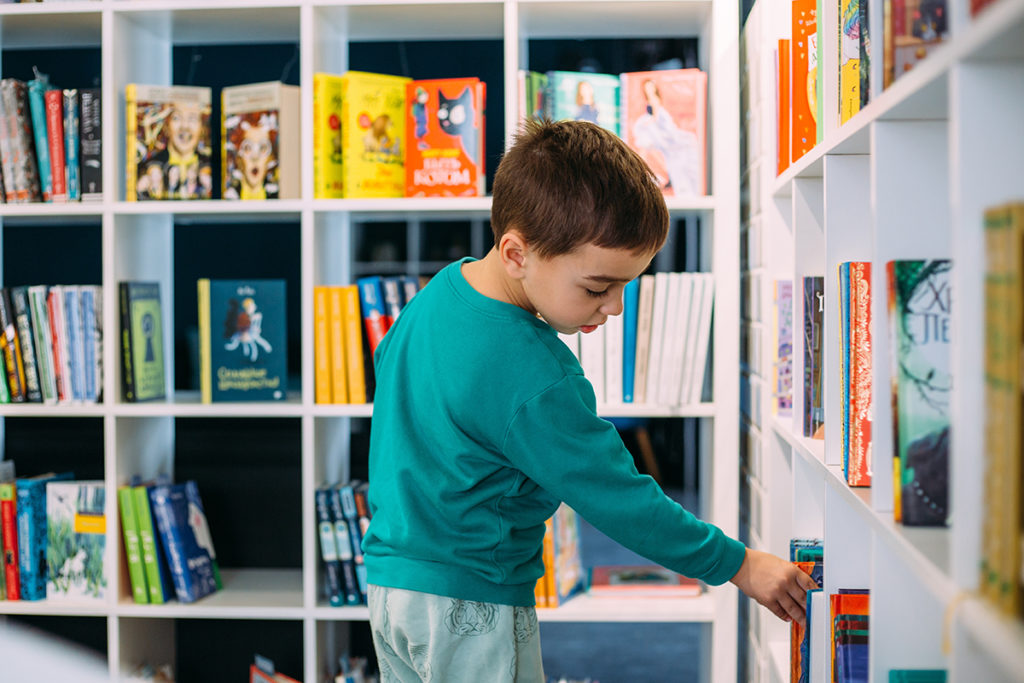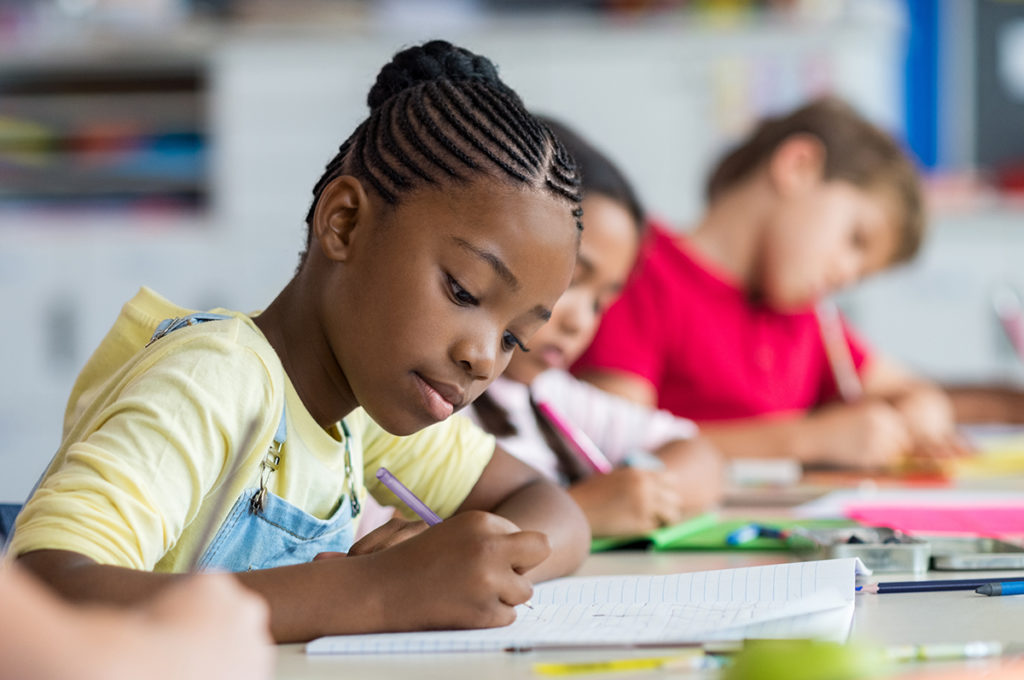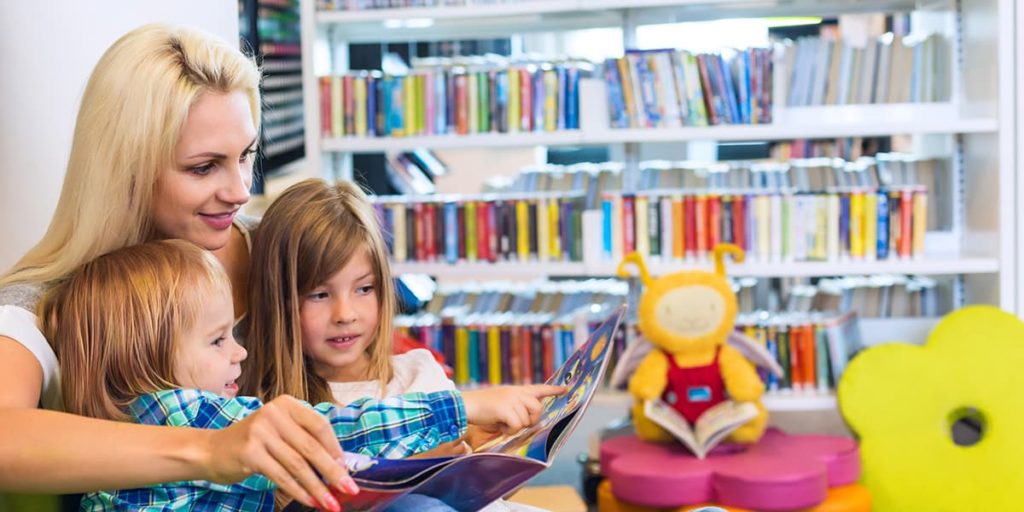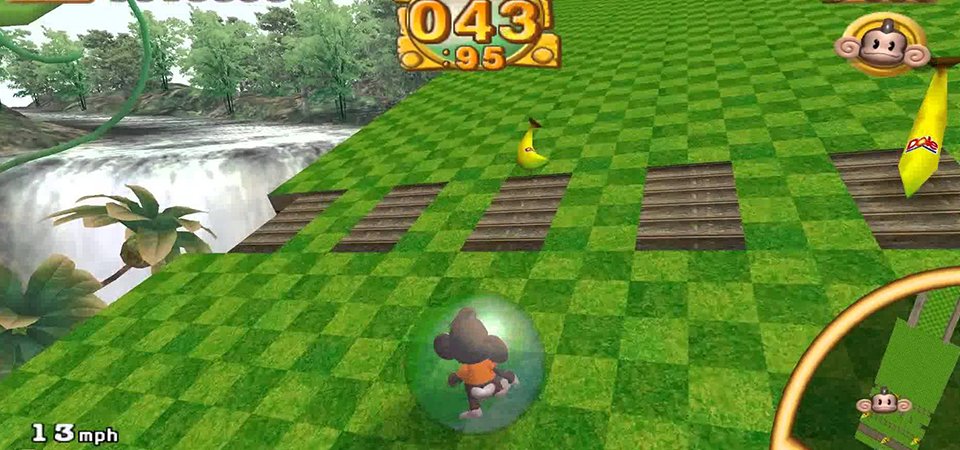Autonomy in K-3 Literacy Learning
Something that I’ve learned in my time as an educator is the power of providing students with choices. Choice to explore their learning, choice to figure things out on their own, choice to learn new things in a variety of ways. Literacy skills are the foundation of learning, and something that educators should get excited […]
Autonomy in K-3 Literacy Learning Read More »









